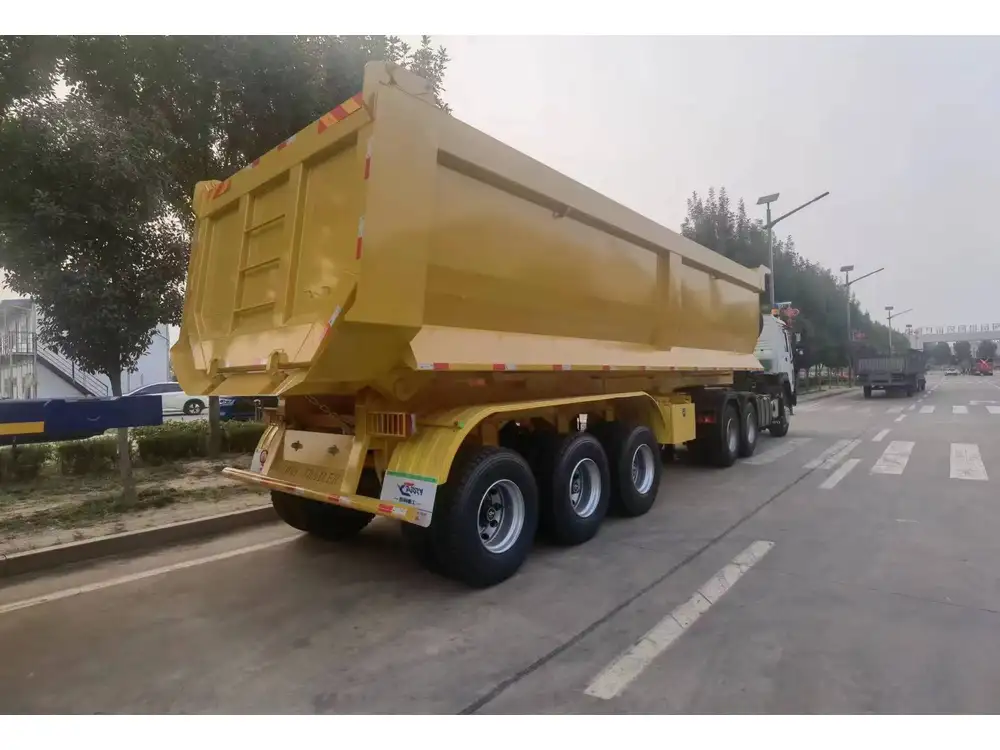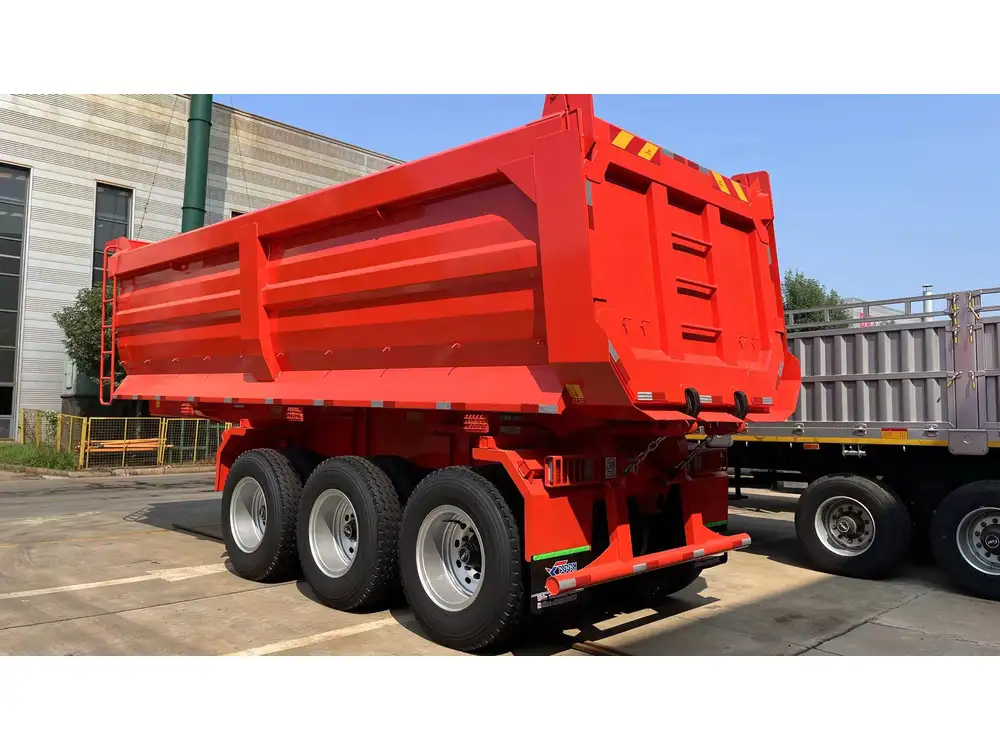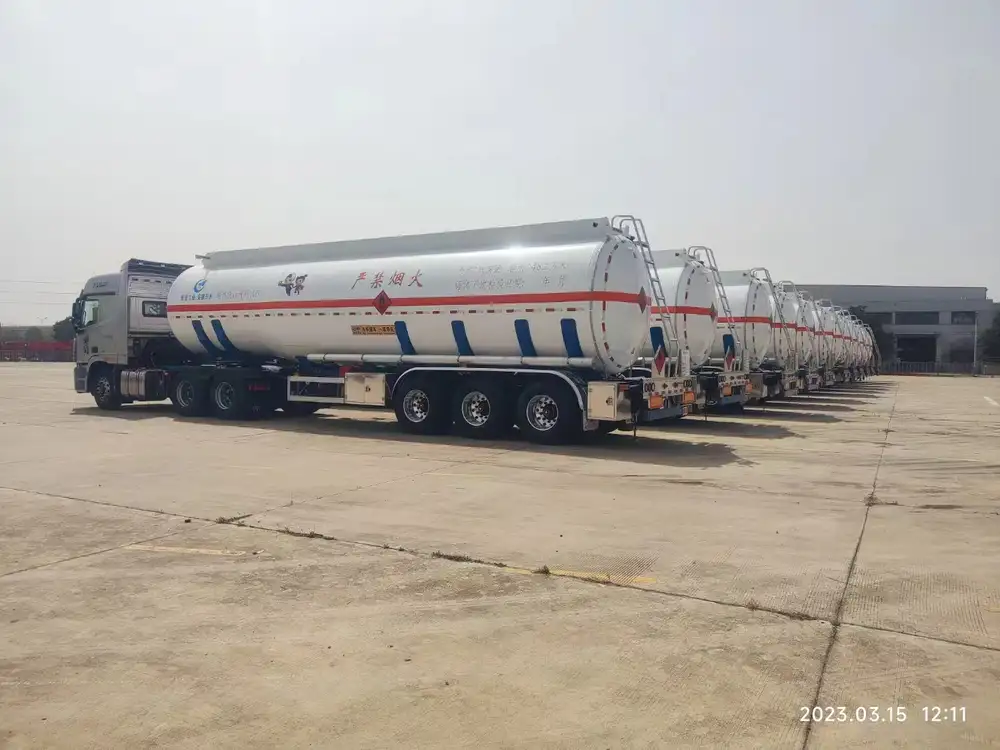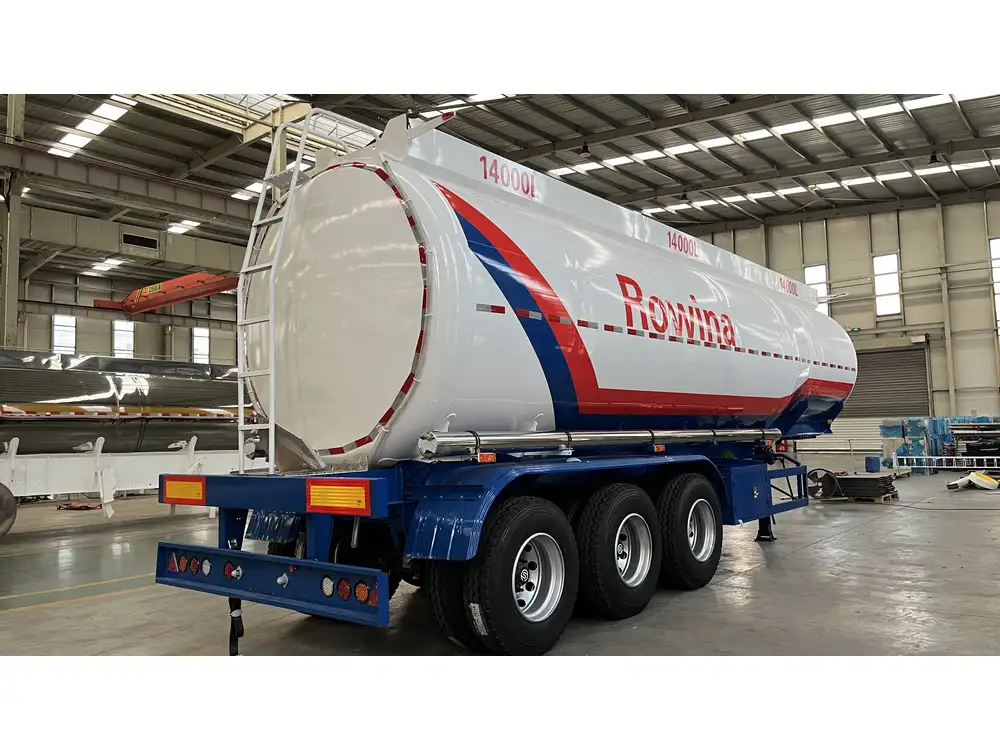Converting a flatbed trailer into a box trailer involves understanding the structural requirements, materials needed, and the steps necessary to ensure a successful and safe transformation. In this guide, we will delve into a detailed process that covers everything from planning and design to execution and safety considerations.
Understanding the Basics of Box Trailers
A box trailer is designed for enclosed cargo transport, providing advantages such as protection from weather, enhanced security, and increased aerodynamics. In contrast, flatbed trailers lack the confines and security of a box trailer, making them less suitable for certain types of cargo. The transition from a flatbed to a box trailer can benefit various users, including small business owners, logistic companies, and everyday consumers needing transport solutions.
Key Differences Between Flatbed and Box Trailers
| Feature | Flatbed Trailer | Box Trailer |
|---|---|---|
| Cargo Security | Open cargo area, limited security | Enclosed cargo area, high security |
| Weather Protection | No protection from elements | Complete protection from rain, snow, sunlight |
| Aerodynamics | Higher wind resistance | Streamlined design, better fuel efficiency |
| Accessibility | Easy loading and unloading | Requires doors for access, may complicate loading |

Planning Your Conversion
Step 1: Assess Your Flatbed Trailer
Before diving into the conversion, evaluate your existing flatbed trailer. Key aspects to look at include:
- Dimensions: Measure the overall length, width, and height to determine the size of the box you can construct.
- Weight Capacity: Check the manufacturer’s specifications regarding load capabilities.
- Condition: Inspect for any structural damage that could affect the safety and integrity of your box trailer.
Step 2: Design Your Box Structure
Once you have assessed your flatbed trailer, it’s time to design your box structure. Consider the following:
- Materials: Common materials include plywood, metal, or composite panels. Choose based on durability, weight, and cost considerations.
- Dimensions: Determine how tall and wide your box needs to be, ensuring it does not exceed the overall dimensions of your flatbed trailer.
- Ventilation: Plan for air circulation to prevent moisture build-up, especially if transporting goods that require ventilation.

Step 3: Gather Necessary Materials
To transform a flatbed trailer into a box trailer, you will require various materials and tools. Here’s a comprehensive list:
| Material | Purpose |
|---|---|
| Plywood or Metal Sheets | Walls and roof construction |
| Lumber | Framework and support |
| Hinges | For doors and access points |
| Sealing Foam | Weatherproofing edges |
| Paint or Sealant | Finish and protect against weather |
| Fasteners | Bolts, screws, and brackets for assembly |
Tools Required
- Power Drill
- Circular Saw or Table Saw
- Measuring Tape
- Level
- Wrench Set
- Screwdriver Set
Step-by-Step Conversion Process

Step 1: Build the Frame
a. Constructing the Base
- Measure and Cut: Use lumber to create a base frame that fits your flatbed dimensions.
- Attach Frame: Secure the base frame to the flatbed trailer using bolts, ensuring it is level and stable.
b. Vertical Supports
- Install Uprights: Set vertical 2x4s or metal supports at each corner of the base frame, ensuring they are plumb (vertically straight).
- Reinforcement: Add horizontal beams at the top of the vertical supports for additional strength.

Step 2: Add Walls and Roof
a. Building the Walls
- Cut Panels: From your plywood or metal sheets, cut out panels for the walls.
- Attach Panels: Secure them to the vertical supports with screws, ensuring they are tightly sealed.
b. Constructing the Roof
- Design the Roof: Consider a flat or peaked design based on your requirements.
- Install Roof Panels: Attach roofing panels, ensuring they overlap the side walls for weather protection.

Step 3: Installing Doors and Vents
- Construct Doors: Use additional plywood or metal sheets to create an access door. Ensure it swings open easily and locks securely.
- Vent Installation: If your design requires ventilation, install vents at strategic locations to allow airflow without compromising security.
Step 4: Finishing Touches
- Weatherproofing: Apply seals around all joints and seams. Consider a coating of weather-resistant paint to prevent deterioration.
- Inspect Structural Integrity: Perform a final check to ensure all screws, bolts, and welds are secure.
Safety Considerations

Load Distribution and Weight Management
Distributing weight evenly across your trailer will prevent excessive strain on any one point. Consider using a weight distribution hitch if you’re loading heavy items.
Regular Inspections
Post-conversion, it’s essential to regularly inspect both the flatbed and the newly constructed box trailer. Look for signs of wear, rust, or damage, especially around joints and hinges.
Advantages of Conversion
Undertaking this conversion offers several advantages:
- Cost-Effective Customization: Rather than purchasing a new box trailer, customizing your flatbed can save money while yielding a tailored solution.
- Enhanced Protection: An enclosed box protects its contents from environmental elements, improving transport reliability.
- Increased Versatility: A box trailer can serve multiple purposes, from transporting goods to serving as a portable storage unit.

FAQs
How Much Does It Cost to Convert a Flatbed into a Box Trailer?
The conversion cost varies depending on materials used, tools required, and labor (if hired). An estimated range could be $800 to $3,000.
Can I Perform the Conversion Myself?
Yes, if you have basic carpentry skills and tools, you can perform the conversion. However, always prioritize safety and seek professional advice if needed.

What is the Best Material for a Box Trailer?
Plywood is favored for its balance of weight and durability. Metal offers added strength and longevity. Choose based on your specific needs and budget.
Do I Need to Register My Converted Trailer?
In many cases, a converted trailer may need to be registered. Check local regulations for compliance to ensure you operate legally.
Conclusion
Converting a flatbed trailer into a box trailer is a worthwhile investment that enhances functionality and protection for your cargo. By following our comprehensive guide, you can successfully tackle this transformation, ensuring your trailer meets your exact needs while maintaining safety and compliance. Embrace the project as a chance to innovate your transportation solutions, catering to both personal and business needs. With careful planning, sturdy construction, and consideration for safety, your new box trailer will not only enhance your logistics but also contribute to more efficient and secure transportation.



